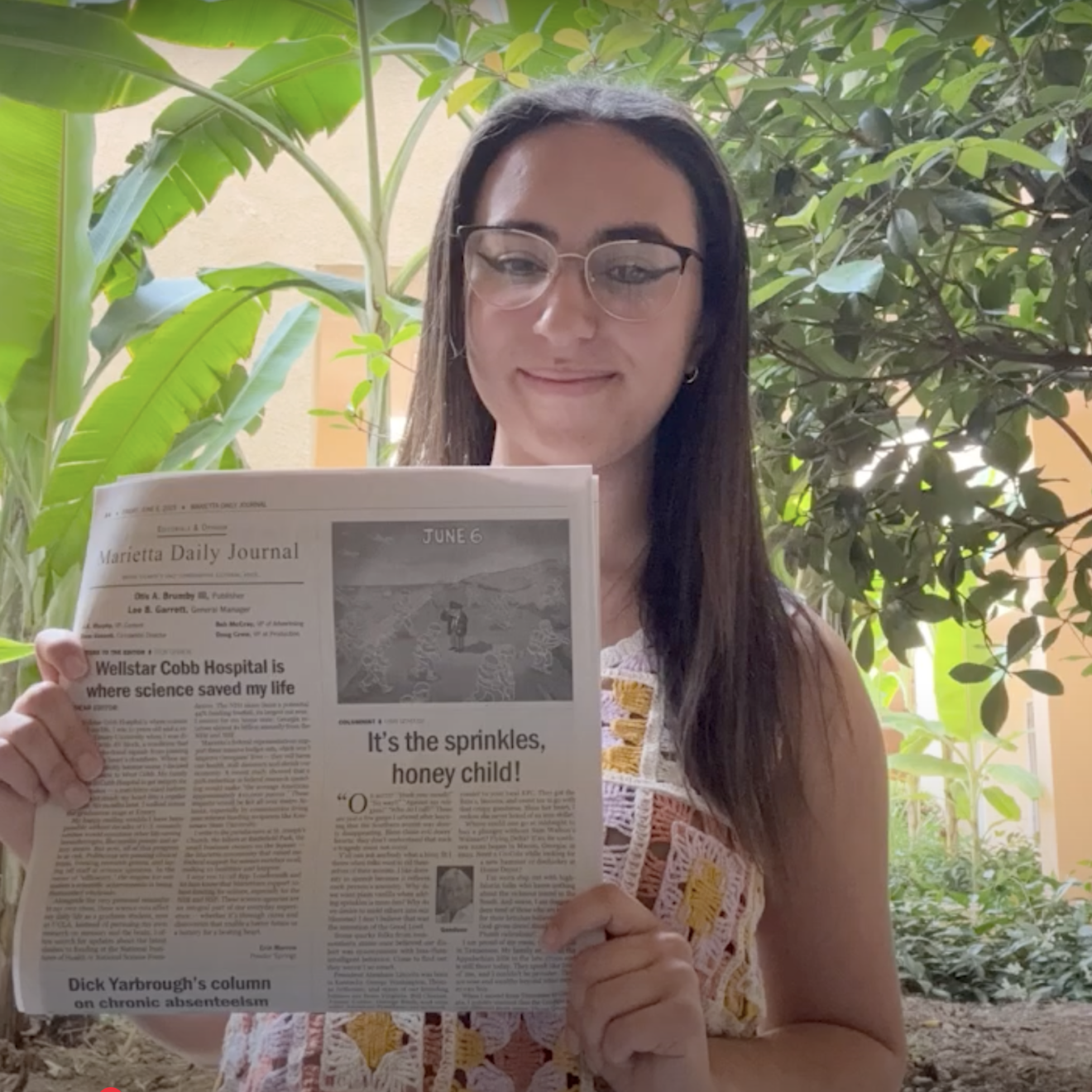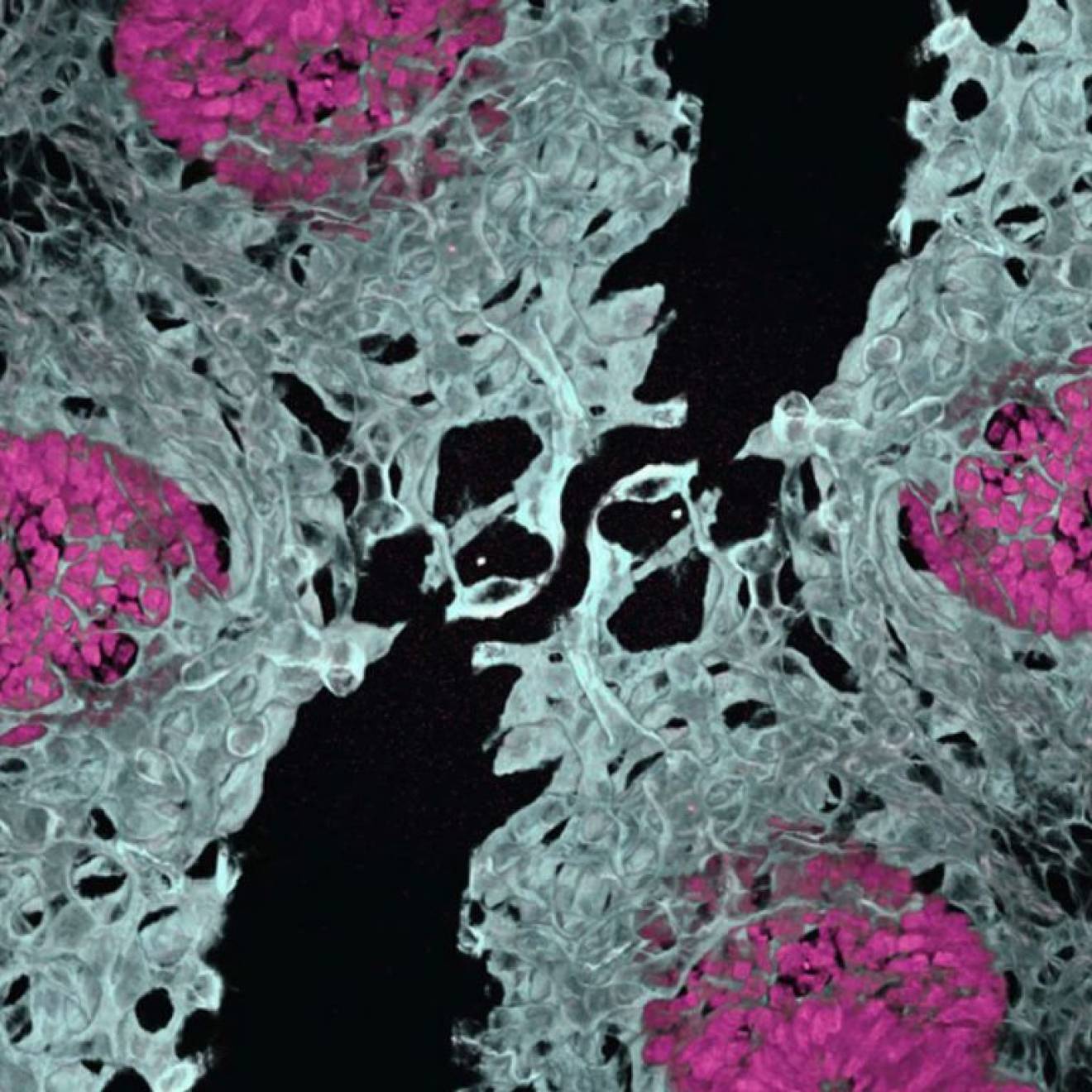Andy Murdock, UC Newsroom

From budding social causes to groundbreaking businesses to the next big band, crowdfunding has helped connect countless worthy projects with like-minded people willing to support their efforts, even in small ways. But could crowdfunding help fight cancer?
It’s already happening, in a place you might not think to look: your income tax form.
When Californians file their state income taxes, there is a section near the end of the form that lists voluntary contribution funds. If you normally skip right past this section, give it a closer look this year: two of the funds looking for contributions are highly regarded cancer research programs administered by the University of California, the California Breast Cancer Research Fund and the California Cancer Research Fund.
The voluntary contributions to date have had a real impact in the fight against cancer, supporting research and education to improve detection, treatment and access to care in California and beyond.
Next-generation diagnosis
With funding from the California Cancer Research Fund, administered by UC's Tobacco-Related Disease Research Program (TRDRP), researchers are working on better ways to detect cancer early, easily and accurately.
Being able to diagnose and characterize cancers from a simple blood test, a so-called “liquid biopsy,” could revolutionize cancer treatment. Xiaohe Liu of SRI International in Menlo Park describes this approach as “the Holy Grail of cancer diagnostics.”
The liquid biopsy isn’t a distant dream: Liu’s research is helping make it a reality, using an innovative technology called FAST (Fiber-optic Array Scanning Technology) to detect circulating tumor cells in the bloodstream, even at very low concentrations.
This approach could increase survival rates and largely eliminate traditional biopsies, which are costly, invasive and take an emotional and physical toll on patients. The low cost will also make this technology accessible to disproportionately impacted patients in low-income communities.
Avoiding cancer-causing compounds
The best cure for cancer is to avoid it in the first place. The research led by Shanaz Dairkee at the Pacific Medical Center and Polly Marshall at Breast Cancer Over Time, funded by the California Breast Cancer Research Program, is looking into whether women can reduce their risk of breast cancer by stopping the use of personal care products that contain chemicals known to mimic estrogens in the body.
These so-called "xenoestrogens," which include phthalates and parabens, have been linked to mammary cancer in rodents and shown to cause pre-cancerous changes in human breast cell cultures. Despite those findings, they are prevalent in many personal care products.
“XEs are abundant in common personal care items such as soap, shampoo, deodorant, body lotion, moisturizer, sunscreen, perfume, and facial makeup,” said Dairkee.
“A number of studies show a decline in XE levels in the urine and blood of volunteers if they avoid the use of certain personal care products, as well as plastic food and beverage containers,” explained Dairkee. “Does such ‘detoxification’ lead to cellular reprogramming whereby XE-susceptible tissues are purged of the earliest cancer precursors? Or are the deleterious effects of XE exposure upon the breast relatively fixed, but only in some, not all individuals?”
Dairkee and Marshall’s study plans to measure the impact of decreased exposure to xenoestrogens from personal care products on healthy human breast cells, leading to better understanding of what we should and shouldn’t be putting on our bodies.
Lowering barriers to care
Lung cancer is the leading cause of cancer death in the U.S. among both men and women. The newest methods of screening for lung cancer, such as low-dose computed tomography (LDCT) screening, can significantly reduce mortality rates. But if patients don’t have access to quality care, don’t seek it in the first place, or can’t communicate well with their doctors, improved screening won't reach all who could benefit from it.
“How can we provide information to patients in the best possible way?” asks UCSF’s Celia Kaplan. With funding from the California Cancer Research Fund, Kaplan aims to find out.
“There are pros and cons with LDCT screening, so the physician and patient have to really be in communication,” said Kaplan. “There are other large barriers to care, including insurance, fear of cancer, stigma, and the availability of infrastructure to do the test and the necessary follow-ups.”
Kaplan’s research is surveying the barriers to care across California with the goal of providing clear recommendations and tools that will improve communication and increase screening.
While studies like this on access to care can have a large effect on improving health outcomes, funding can be hard to come by.
“The TRDRP is the first funding agency to take this research seriously and set aside the funds,” said Kaplan.

